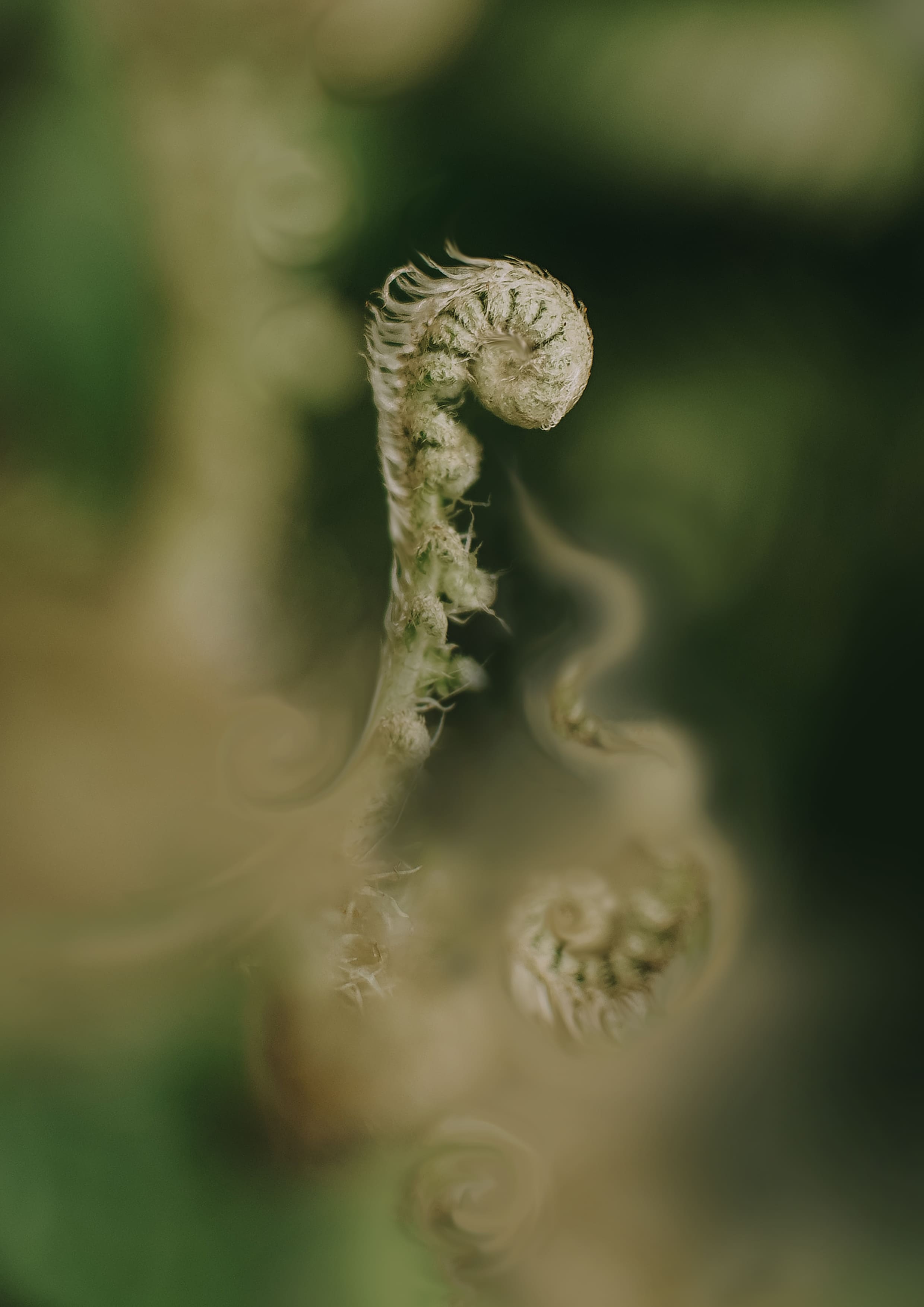 A Living Legacy of Traditional Balinese Wisdom.
A Living Legacy of Traditional Balinese Wisdom.
ABOUT
Bali Pulina is a space of knowledge about traditional Balinese life. Located in the forest area of Pujung Sari, Sebatu village, Tegallalang, Gianyar – Bali. A stretch of trees is traversed by the Oos River, which originates from lake Batur. The Telaga Injin spring is present as the atmosphere of sustainability for the agricultural order and the purification center of the Sekala – Niskala realms. It features a variety of ancient architecture and the Subak Museum as a literacy center for the cultural values of Bali.
The understanding of art, architecture, wastra (textiles), cuisine, local wisdom, the calendar system (Wariga), traditional healing (Usada), agriculture (Pemaculan), and the irrigation system (Subak) is a noble heritage that has taken rooted in Balinese soil since ancient civilizations. The ancestral traditions, closely connected with ritual and guided by Desa (place), Kala (time), and Patra (circumstance), form a spirit in the cultural life of Balinese.
Within the space of Bali Pulina, the harmony of life is based on the philosophy of Tri Hita Karana, sacred balance between humans and the Divine (Parahyangan), harmony among humans (Pawongan), and balance with nature (Palemahan) constantly creates a vibration of ecological sustainability and the welfare of the universe.
The implementation of part of Wariga (the ancient calendar system) into the ecological space of Bali Pulina brings a spirit to revive souls that blend naturally. Wong, Sato, Mina, Manuk, Taru, and Buku are natural elements that become the basic concept of masterpieces in art and tradition.
• Wong
Which means humans, are cultural actors who prioritize narratives about the dynamics of Bali.
• Sato
Refers to four-legged animals (suku pat), playing an important role in agricultural order and closely releated to religious rituals.
• Mina
Represents the water ecosystem — Telaga (pond), Tukad (river), Danu (lake), and Segara (sea) — which are natural offerings symbolizing fertility and the meeting of feminine and masculine elements represented by "segara – gunung" (sea – mountain).
• Manuk
Are a birds or poultry that always coexists with the daily life of the community, in addition to being a food source, it is also a sign of nature.
• Taru
Refers to trees and forests, spaces of shade that gives Urip (life) in preserving springs, sources of Usada (traditional healing techniques), and Taksu in the movement of Bali Pulina’s architecture.
• Buku
Are segmented plants, playing roles in rituals, sound-producing instruments, and as sustainable building materials in traditional architecture.
From these six natural elements rooted in Wariga, each has a function and role that correlates with the spiritual life of the Balinese people. This thematic application serves to revive agriculture guided by ancient manuscripts, restore a traditional lifestyle rooted in the arts, preserve the architectural codes of Undagi (traditional artisans), and absorb the wisdom values beautifully embodied in Bali Pulina Heritage.
